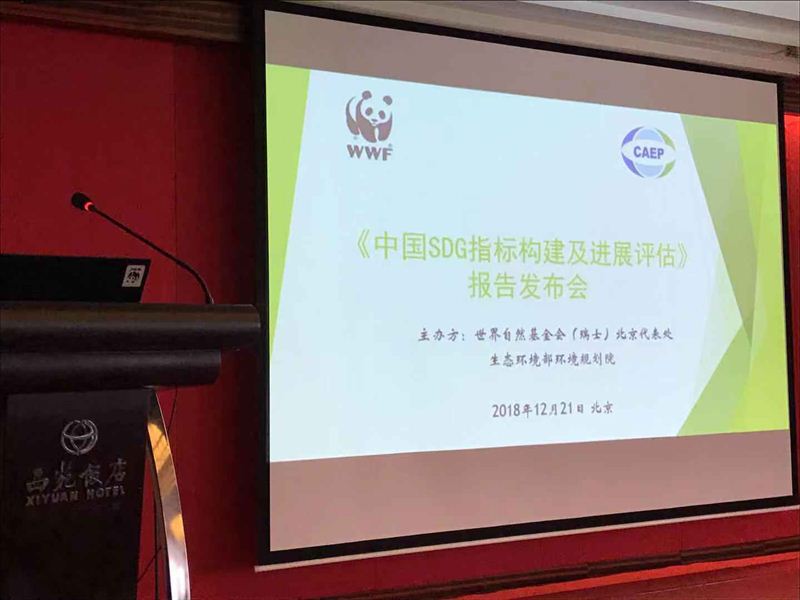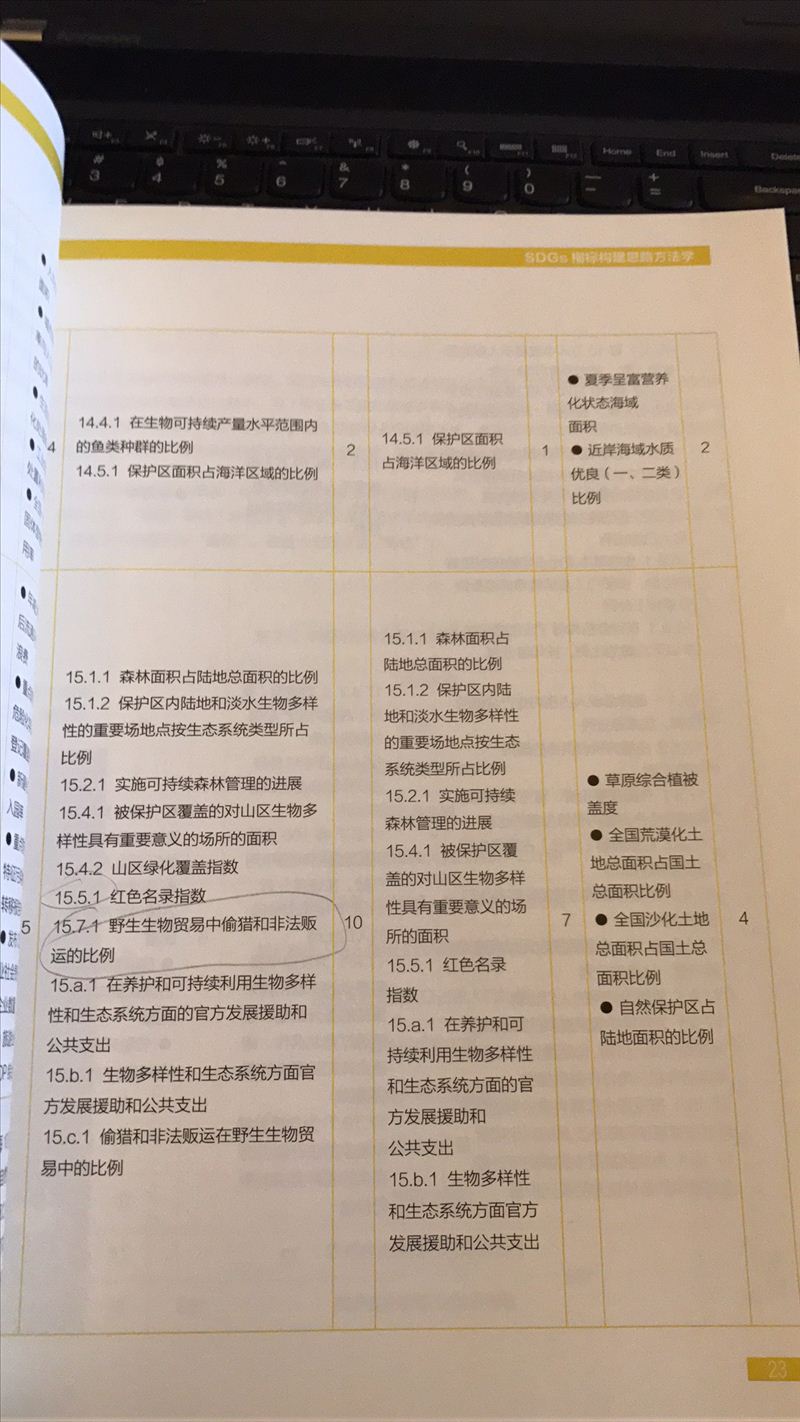On 21st December 2018, CBCGDF representative suggested including related content about anti-poaching and combating illegal wildlife trade (IWT) into SDG15-Life on Land of China’s localized indicator framework, during the launch of 2018 Report on Implementing SDGs: China’s Progress and Assessment, held by the World Wildlife Fund(WWF) and the Chinese Academy of Environmental Planning(CAEP).
“The Sustainable Development Goals (SDGs) are the blueprint to create a better and more sustainable future for all. They address the global challenges we face, including those related to poverty, inequality, climate, environmental degradation, prosperity and peace, and justice. The Goals interconnect and in order to leave no one behind, it is important that we achieve each Goal and target by 2030.”
SDG15.7 specifically pointed out that we should “take urgent action to end poaching and trafficking of protected species of flora and fauna and address both demand and supply of illegal wildlife products”.
However, CBCGDF representative said that there was no pertinent content found in China’s SDG15 indicators.
Back in 2015, the only goal of 2000-2015 Millennium Development Goals (MDGs) that China failed to achieve was 7B-halt biodiversity loss.
Nevertheless, one of the most significant factors driving the acute biodiversity loss was poaching and trafficking. That was to say, to curb biodiversity loss, wildlife trafficking and poaching had to be tackled. In fact, driven by huge benefits, illegal wildlife trade has owned one of the most popular international crimes.
To fully achieve SDGs before 2030, anti-poaching and trafficking must be taken into account.


Sample book of the report.
(Photo credit: CBCGDF)
Original Chinese article:
http://www.cbcgdf.org/NewsShow/4854/7182.html
By / Cat
